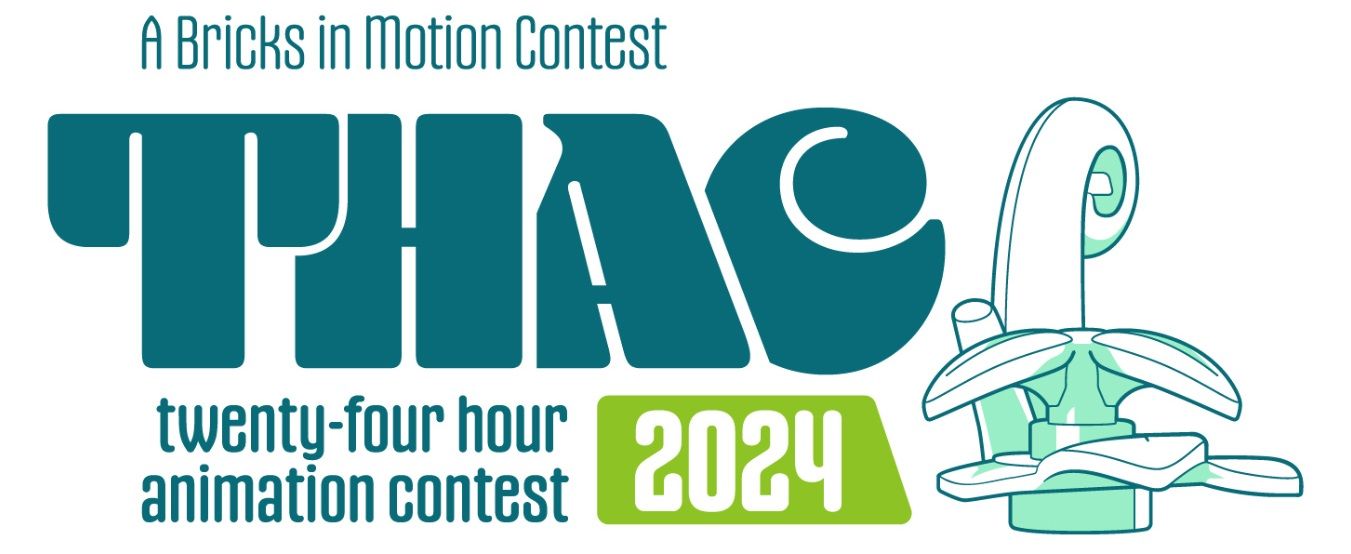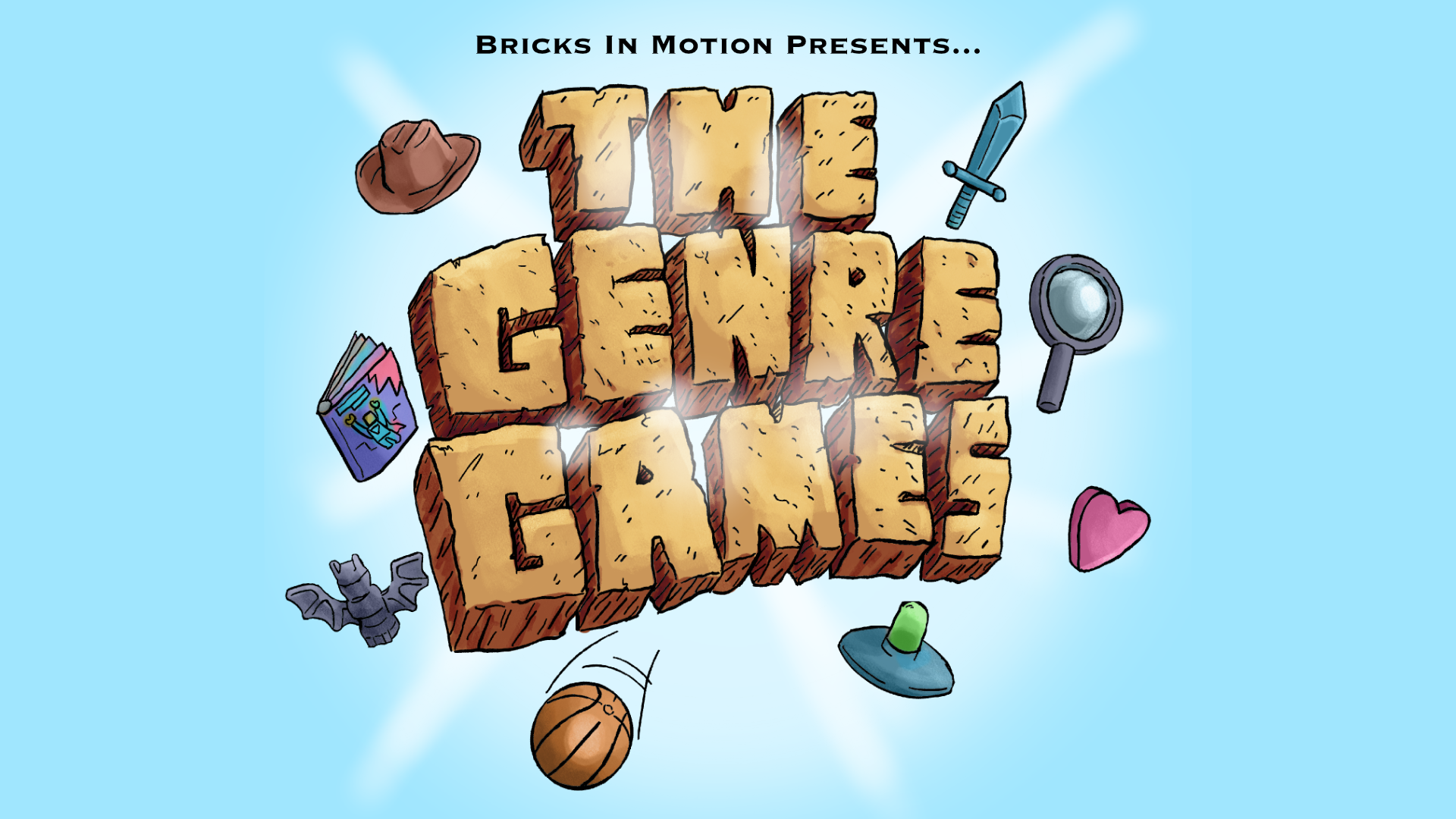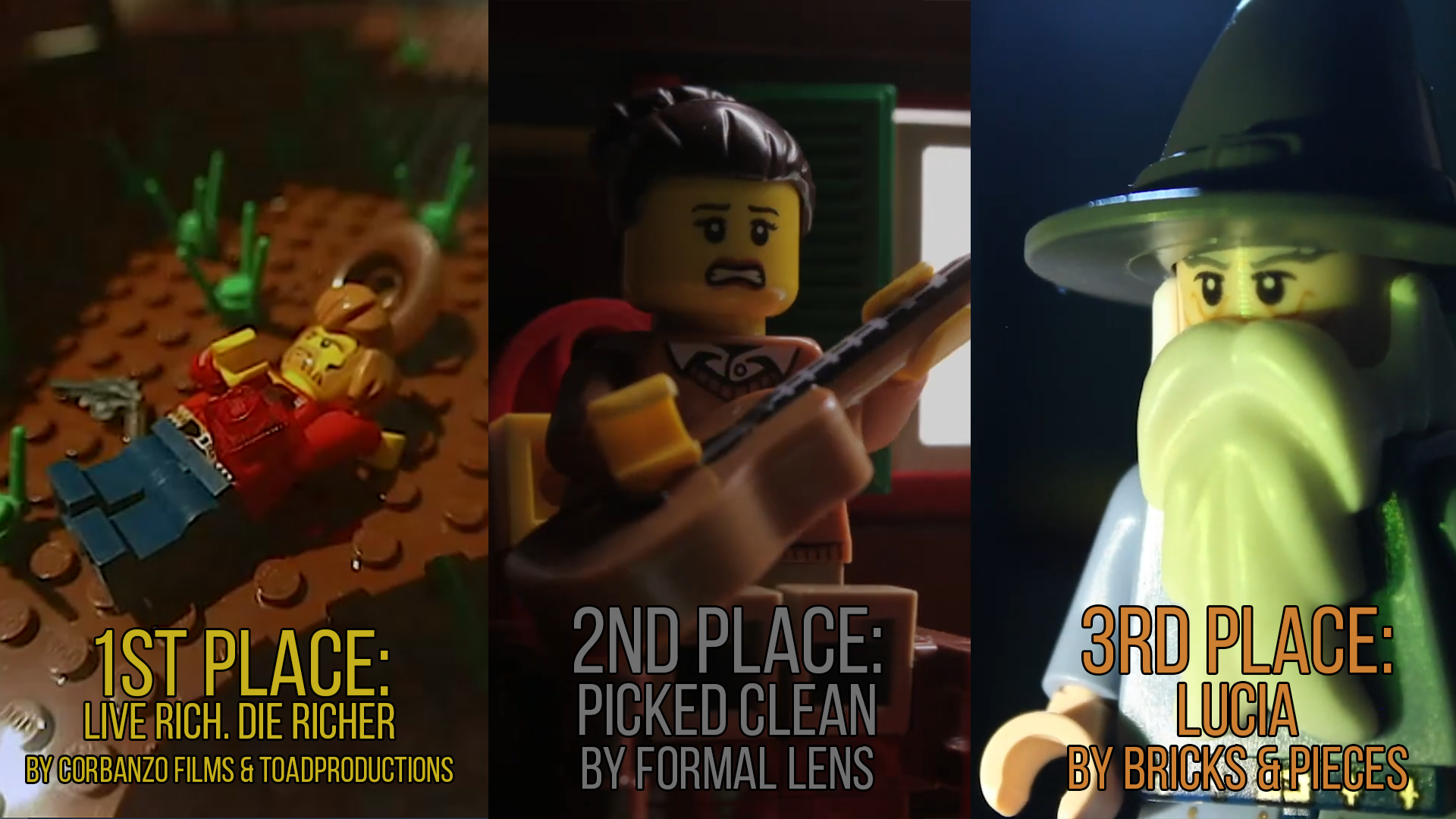This is a tough film to review. I want to give it a good review because you spent a long time working on it. You no doubt have learned a lot about animation from working on this project, and I do look forward to your next film, because I'm sure all of the lessons you've learned will come across in it.
So, here we go.
I've watched your film twice now, and I've read the synopsis of both the movie and the book in order to understand what you were referencing in your brickfilm. Before your film, I had never heard of Stalker or Roadside Picnic.
I don't like having to do research just to understand what I'm watching. Neither does the average viewer.
This is the reason why most people don't say anything about your film. They simply don't "get" it.
The decision to make a film that references something else or a concept that someone else has come up with, presents a problem.
YOU CAN... Reference the source material too heavily and it makes your work unrecognizable except to the audience of people who have seen or know about the source material. - OR - Use elements of the source material that are more accessible to the average viewer and treat the source material with a "light touch" which will offend anyone who is a die hard fan of the source material, but it will be more easily understood by everyone else. - OR - You can pick and choose the elements necessary to tell your story but insert a tremendous amount of exposition to make sure that the source material is explained to anyone who doesn't know about it, which results in a movie that is comprehensible but very boring for all of your viewers.
My point is that there is no "right" way to make a film like what you've made. It's an uphill battle on all sides.
From my perspective the best option when making a film that references some other work is to give your audience first consideration.
Who will be watching this?
What is their exposure to the source material?
How much do I have to explain to get them to understand what is happening?
In what way do I explain it (visually or with dialogue)? Film is your media, visually will often be the better choice.
How much of the source material am I going to use? This is key. If your audience is a crowd of people who love the source material, then you are pretty safe referencing quite a bit of the source material. If the audience is primarily unaware of the source material, then it is probably safer to keep it simple.
So, my question for you to think about, is... who is your audience?
Moving on-
Looking at your film from an animation stand point, there were a lot of moments that I had a hard time understanding because there wasn't enough clarity in your camera angles, visual action, and smoothness of your animation (Frames per second).
It's about visual storytelling and communication.
I do want to say, I understand that you have worked on this project for over a year, so I'm sure that your film making skills improved as you worked on it. But I don't know what parts were filmed at the start of your animation on this and which ones were filmed toward the end of your project. So from my viewpoint it might as well all have been shot at the same time.
Your opening scene (which is the way you captivate your audience) has only one camera angle through the whole shot. And it is not up close and personal with your characters, so as a viewer I'm not connecting with them emotionally. In fact your angle is up and looking down at them, which distances them from me as a viewer. I am also getting bored because it isn't changing. As a comparison I did a search for "two guys talking in a bar" on youtube and there was a Key and Peele video that popped up (comedians). Their skit lasted three minutes, but they switched camera angles about 40 TIMES. Granted that is a lot, and they have live actors and multiple cameras so for them to shoot the scene and use that many angle changes is a lot less complicated than for an animator. My point though is variance. Keep things changing and the viewer won't get bored.
I also want to point out something you did well! Instead of having them get up and walk out of the bar (the way so many films do on BiM), you simply cut to the next scene (which was a pan up shot and it was visually refreshing) I get tired of watching films that focus on showing characters walking out of a scene, not because it is important (helps transition from one scene to another) but simply because they want to show their ability to animate. The other good choice you made was using camera movement at the start of the next shot. It can help bring your story to life more, particularly when you choose to use it at the right times.
What would have been nice was an establishing shot of the guards and the fence, and a pan to the Stalker and Philanthropist getting ready in the shadows. It tells where they are, whats happening, and what they're getting ready to do. The more visual communication you use, the less dialogue you have to write. Also, your camera moves and your animation in general is not especially smooth. This is where practice comes in. Animation requires patience, and if you rush it, it's not going to look as good as you envision it in your mind's eye. The rest of the scene I visually enjoyed, although there was A LOT of light flicker.
Your next scene had some set bumps (it happens to everyone) but I didn't understand what was up with the sun being green. The characters talk about it, but I couldn't understand the Philanthropist through the accent. I realize you did the voice for it, and the accent worked for the character, but perhaps some subtitles would have helped. When directing and using accents, it can be a challenge choosing how thick an accent needs to be for a character, and whether it requires subtitles or not. Unless your actor is REALLY good at acting, forcing your audience to read a character's dialogue isn't always a good idea. Also, why was only part of the sunset green? Is there a force field around the zone that causes that? I'm assuming it's because of the source material.
The screw is a reference to the source material I'm sure. But it really isn't necessary, especially since in the next scene the Stalker yells "Run, Run Away!" and they completely ignore the use of the screw altogether, but nothing bad happens as result of their ignoring the screw. If you introduce a concept that confines characters to a certain behavior it is usually a clue to something dramatic that will happen later because of a character deliberately or unintentionally disregarding the behavior. It's a cliche used often in movies, but using it creatively can add to the enjoyment of your film. Ignoring the guideline makes the film seem poorly constructed.
The jelly scene I know is based on your source material (from having read the synopsis of the book). The jelly bit exposition was really not necessary for the story you were telling about the characters. A simple, "Don't touch that! - Why? - Just trust me." would have sufficed. The glowing floor effect was a neat idea, though the characters were difficult to see in the dark.
The next scene with the mitchbillers? (can't tell what he called them) and the hot burning death... didn't work well. The stalker says something about some creatures I guess, and says they have to move quickly. We didn't even get to see the creatures, so I (as a viewer) don't even believe the stalker is telling the truth. Them going through the "hot arid spot" was also reliant on the actors moaning loudly. I get that it is a tough thing to show with Lego, and needed some thought put into showing them in pain as they crawled through the hot spot. Also, the hot spot was small, they could have probably walked around it. The whole scene needed more visual re-working and visual planning.
I assume that the tracks are deserted because it's illegal to even be in "the zone."
Why was there whispering of quoted scripture? I get that there's a dog following them. Through repetition that became clear (good!). But why was the next scene a bunch of still shots of an otherwise unintelligible landscape? The keyboard? the woods being zoomed in on? It made no sense, and it ate up 2 whole minutes of the film!
I like the set leading into the "meatgrinder" where they look down the tunnel. It was a nice angle and shot.
The one after that where they walk through the meatgrinder was just them in front of a wall with varying Lego pieces used in its construction. The blade he mentions isn't even in the shot! Is it invisible? As a viewer I'm becoming more and more convinced that the stalker is just making everything up.
The next shot where everything is overgrown is pretty cool - minus the set bump.
What was up with them in the building and the door closing and opening? I have no idea what's going on.
Neat sets. And now we're in the mirror room. Cool. This scene (with the flash back) is probably your strongest animation, visual storytelling, and written dialogue. Nice work on this scene! Which is good because it is also the climax of your story. You could almost cut out the rest of the story and just use this scene as it's own short film because it stands so well on its own.
Why is he wearing a helmet in the mirror? Is he a viking? I get that he's not a monster, but what is he?
Lastly the final scene where he sets a shard of the mirror on the table works really well too, except that it would have been nice to actually SEE him take the mirror piece.
Also, your music was well chosen. Audio recording needed some work.
I want to be clear, your film is not bad.
The bottom line is, you tackled a very difficult concept and it included a lot of references to something that most people haven't watched or seen, which means you're working on an adaptation of someone else's work. Even a lot of professional hollywood filmmakers can't do that. That type of filmmaking is (as far as I'm concerned) classified as Expert Level. You're still learning, and you're not quite ready to tackle something that complex. But then again, the best way to learn is by doing. And you DID IT! Nice work. Keep practicing. Clean up the light flicker and set bumps. Smooth out your animation, and put more time and thought into how to visually make a scene understandable, and you'll be making great films in no time!
I hope my comments are helpful for your continued improvement.
-Nate S.
(That took almost 3 hours to write - whew!)











